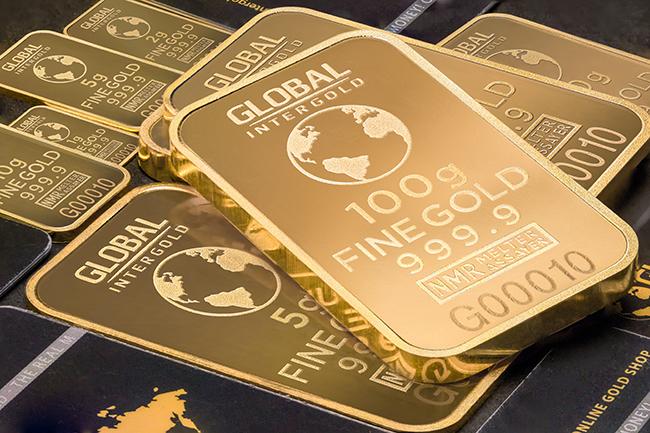2025-10-07
finance

The price of gold climbed to new record territory this week, nearing the symbolic $4,000 per ounce mark as political and economic uncertainty in the United States unsettled global markets. The metal briefly reached about $3,977 before easing slightly, driven by a combination of mounting fears over the ongoing U.S. government shutdown and growing belief that the Federal Reserve will soon cut interest rates. The surge underscores how investors are seeking safety in tangible assets amid instability. Gold has risen roughly 50 percent since the start of the year, a rally rarely seen outside times of crisis. Analysts say the mix of fiscal gridlock in Washington, signs of a slowing economy, and a weakening dollar has strengthened gold’s appeal as an alternative to riskier holdings. Market attention has focused on the political deadlock that has left parts of the U.S. government unfunded for more than a week. Thousands of federal employees have been temporarily furloughed, and services such as aviation control and data reporting have faced disruptions. The uncertainty has added another layer of stress to investors already preparing for potential interest rate cuts later this year. Lower rates generally make non-yielding assets like gold more attractive, as they reduce the opportunity cost of holding them. Institutional analysts have raised their forecasts in light of recent gains. Major investment banks now expect gold to stay above current levels if the political standoff continues or if central banks begin easing monetary policy sooner than anticipated. Some projections for the next year even point toward the mid-$4,000 range, reflecting confidence that the conditions driving this rally — geopolitical unease, central bank demand, and volatile bond markets — are unlikely to fade quickly. Traders are watching for further signs from the Federal Reserve, whose officials have remained cautious about the timing of any policy shift. If rates are cut in the final quarter of the year, the move could push the dollar down further and lift gold beyond the $4,000 threshold. However, a faster resolution to the budget crisis or stronger-than-expected U.S. economic data could temporarily halt the metal’s upward momentum as investors rotate back toward equities and bonds. For now, gold’s ascent reflects a broad unease about the global outlook. With U.S. policymakers struggling to reach agreement and major economies adjusting to slower growth, many investors see precious metals as one of the few dependable shelters in a turbulent environment.

